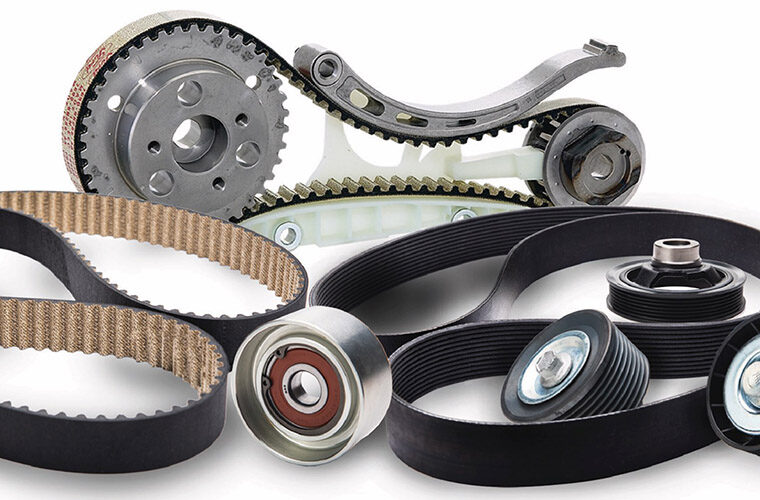Although Dayco is an original equipment (OE) supplier of both the primary and auxiliary drive systems to vehicle manufacturers around the world, its aftermarket division is also active in the independent service and repair sector, where it promotes best practice and provides technical advice and instruction to help workshops complete belt replacement efficiently and successfully.
The background
Part of this process is to react effectively when problems appear, quickly diagnose why they are occurring and then highlight the issues to workshops and technicians, so they are able to follow the correct fitting procedure to replacement them successfully, which will increase customer satisfaction and avoid unnecessary warranty claims.
Citroen Berlingo 1.6 HDi and Peugeot Expert 2.0 HDi
A perfect example is the two-stage tensioning process that must be carried out when replacing the timing belt on the 1.6 and 2.0-litre HDi engines that are widely used by Fiat, Ford, PSA and Vauxhall, in many of their popular models in both passenger car and light commercial vehicle applications.
Although the consequences of not following the procedure may not be immediate, because both units are of an interference design, the effect of a subsequent belt failure is likely to be catastrophic to the engine.
Looking first at the 1.6, in this instance in a Berlingo, the process is as follows: once the replacement belt been installed and is taut between the sprockets, the new tensioner must be turned anti-clockwise until the pointer is in its first position and the bolt tightened to 30Nm.
After removing the locking/aligning tools, the crankshaft must be turned clockwise six complete rotations and the tensioner reset to its second, operational position and the bolt retightened to 30Nm. The crankshaft then requires two more clockwise rotations to the setting position, where the locking/aligning tools should be refitted and the position of the tensioner checked again to ensure it is aligned correctly. If it is not, the entire procedure needs to be repeated until it is correct.
Following a similar pattern, the 2.0, which in this example is fitted to an Expert III, requires the new tensioner on the replacement belt to be turned anti-clockwise and set to its initial position and tightened to 21Nm.
The technician then has just five minutes to remove two of the locking tools, refit the lower belt cover, crankshaft position sensor, crankshaft pulley, bolt and spacer and tighten to 50Nm, and then remove the final three locking/timing tools, rotate the crankshaft clockwise six complete turns to the setting position, refit the three tools, slacken the crankshaft pulley and turn the tensioner clockwise until the pointer aligns with its operational position and retighten to 21Nm. If however, the pointer passes this position, the tensioning procedure must be repeated until it aligns.
In summary
What these examples demonstrate is that even a scheduled service requirement on comparatively common engines requires technicians to follow a specific procedure, not apply a general rule.
It is for this reason that Dayco recommends those with the responsibility of undertaking the work to not only use OE quality replacement components, but also allow themselves five minutes of preparation before they start, to check the technical data that the workshop subscribes to and find the correct, engine specific procedure they need to follow to ensure they can complete the job successfully, first time.
Click here for more information.







